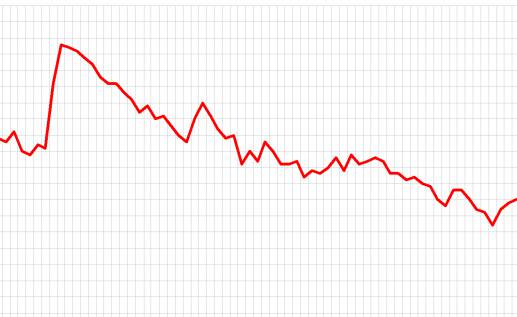-
Lot Size1.38 ac
-
Home Size680 sqft
-
Beds1 Bed
-
Baths1 Bath
-
Year Built2003
-
Days on Market1
How do Adjustable Rate Mortgages (ARMs) Work?
- Real Estate Tips
- arm, interest, mortgage
- April 17, 2015

Most of us have no trouble understanding simple, fixed-interest loans. There’s only one interest rate to deal with, a set amount of loan principal, and a tiny bit of math. No problem, right? Well, consider the fact that about 20 percent of all mortgages are of the adjustable-rate variety and that simple math suddenly becomes not-so-simple.
Adjustable rate mortgages (ARMs for short) become even less user-friendly when we explore all their sub-categories. At that point, the whole thing becomes an acronym jungle, with terms like LIBOR, MTA, MAT, COFI and CMT flying around. It’s enough to make a person’s brain go AWOL ASAP.
Fortunately, there’s a simple way to understand ARMs without getting a degree in higher math. The experts at Bankrate boiled it all down into a few easy-to-digest morsels. Here is the gist of their tutorial on adjustable mortgage loans, which sometimes offer a strong advantage over fixed-rate contracts.
- ARMs, as their name implies, use an adjustable interest rate to calculate the monthly loan payment. Besides mortgage ARMs, there are all sorts of other types of loans that use adjustable rates.
- The rate in an ARM consists of two parts, an index and a margin.
- The index rate is usually a neutral, third-party number, like the prevailing interest rate on Treasury bills, for example, that changes from day to day. The basis for the index will be clearly stated in the loan documents.
- The margin is whatever your lender adds to the index rate to arrive at the ARM rate. For example, you might have an ARM that charges 4 percent this month, and that 4 percent could be composed of a 2.5 percent T-bills rate plus a 1.5 percent margin. Thus, 2.5 plus 1.5 gives us the 4 percent total ARM rate.
- As the index changes from month-to-month, your payment will fluctuate as well. This fluctuation will be faster or slower depending how volatile your index is. Some indices are more stable than others, so make sure you understand the components of your ARM loan should you opt for one.
- That’s the bulk of the heavy lifting when it comes to understanding ARMs. All the other acronyms you’ll encounter are merely nicknames for the various flavors of ARMs. These nicknames, like COFI and MAT, simply tell us what the index is based on. The MTA, also known as the MAT, stands for “moving Treasury average,” to cite one example.
If someone says they have “an MTA ARM with a 1 percent margin,” that means their monthly interest rate is determined by the average T-bill rate that month, plus 1 percent. So, if the T-bill rate is 2 percent, that person’s interest rate for the month in question would be 3 percent. As the T-bill rate goes up or down, their monthly payment will fluctuate accordingly.
Other common types of ARMs you’ll hear about are LIBORs, COFIs and CMTs. These are simply other types of indices that lenders use to calculate your total ARM interest rate, and thus your payment. In order of appearance above, those acronyms stand for London InterBank Offered Rate, 11th district Cost of Funds Index, and Constant Maturity Treasury.
Keep in mind that ARMs can be a good deal for borrowers who purchase a home during times of high prevailing interest rates. The thinking is that rates will eventually come down and the ARM will respond with lower payments. Fixed-rate mortgages don’t change with the winds of the economy, which can be good or bad depending how interest rates are behaving, and depending on your personal preference for payment stability.
Armed with knowledge about ARMs, you should be in a better position to negotiate your next home purchase. Good luck. May the acronyms be with you!


